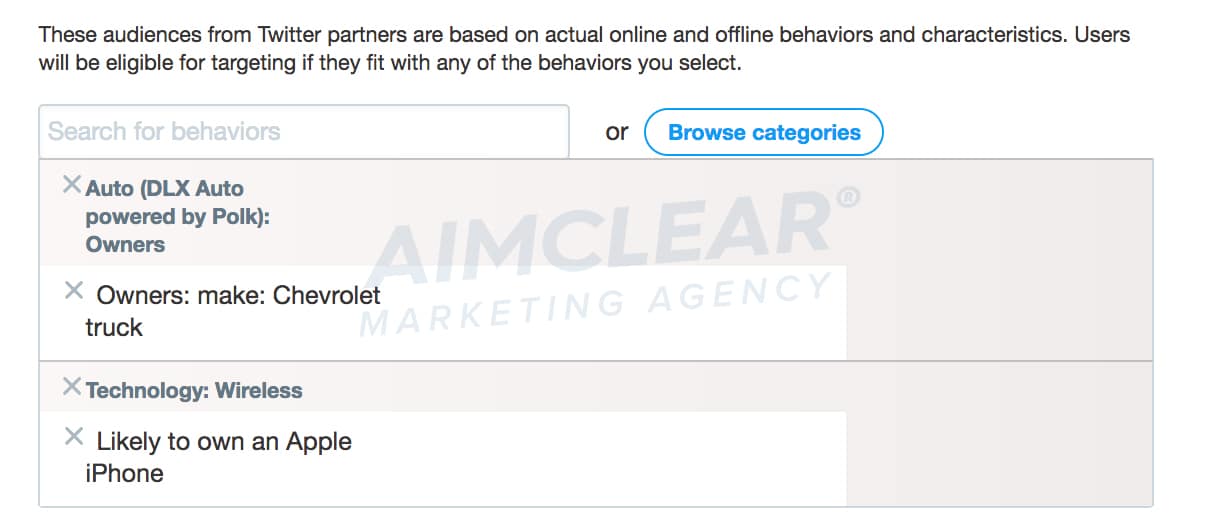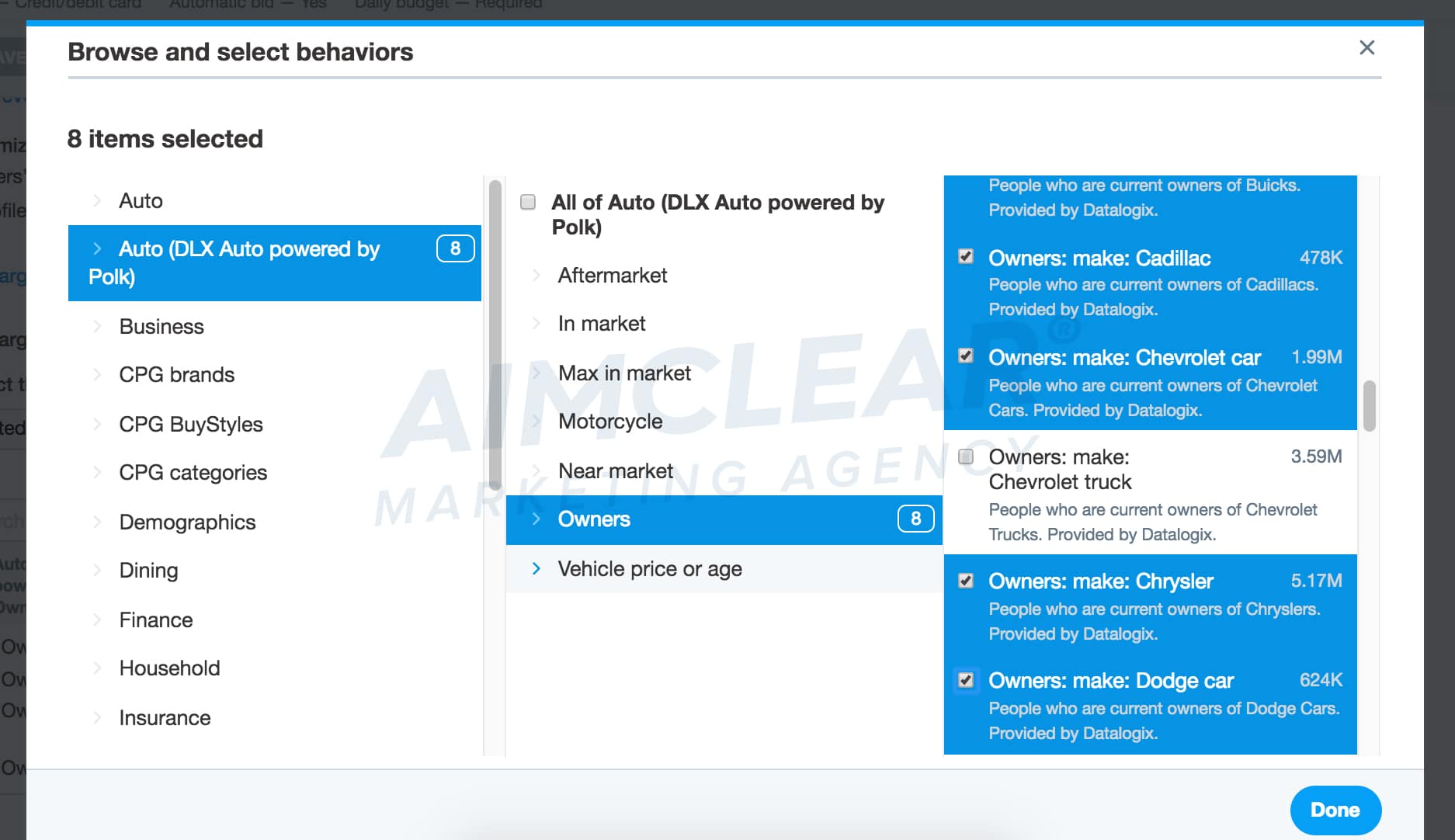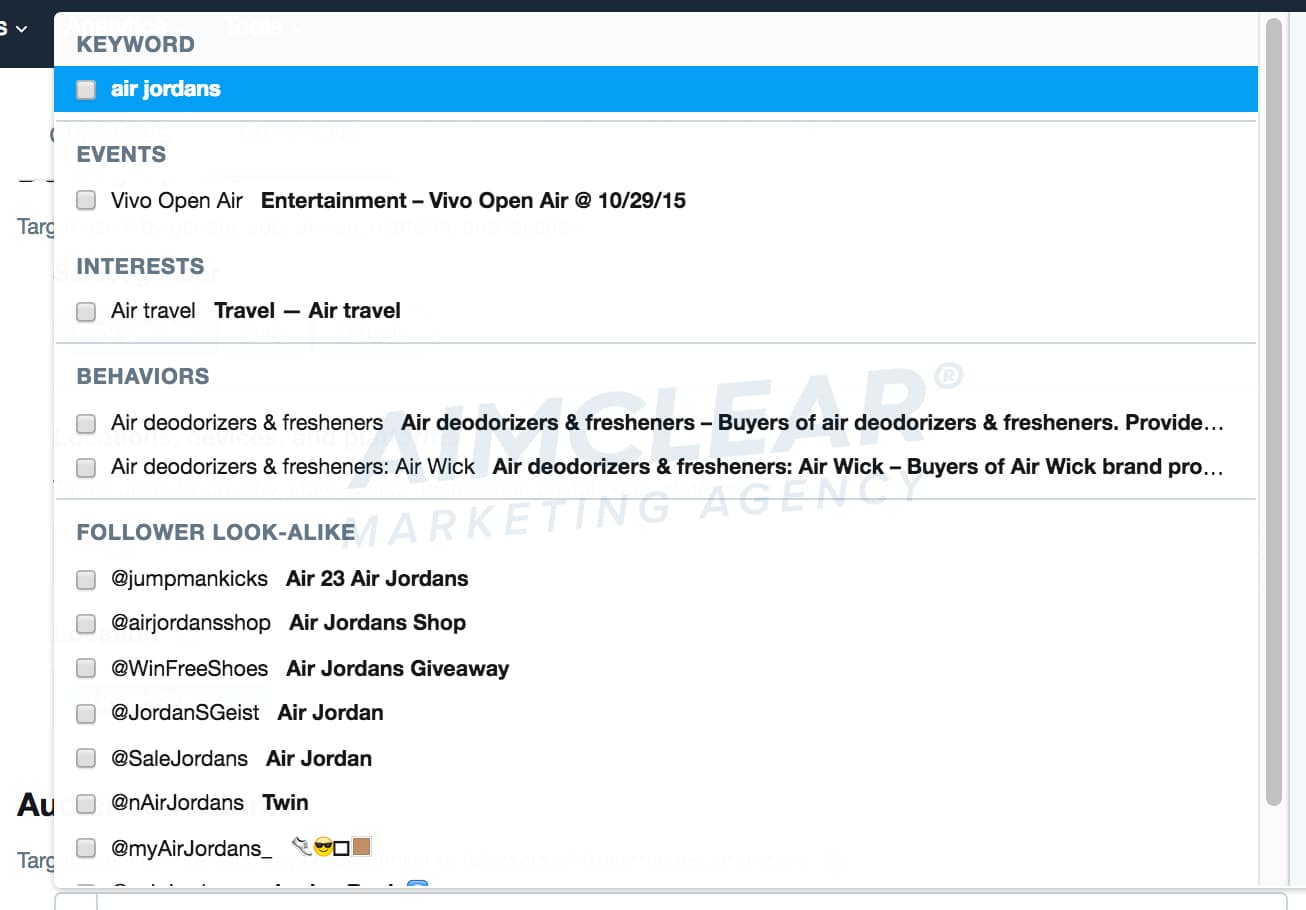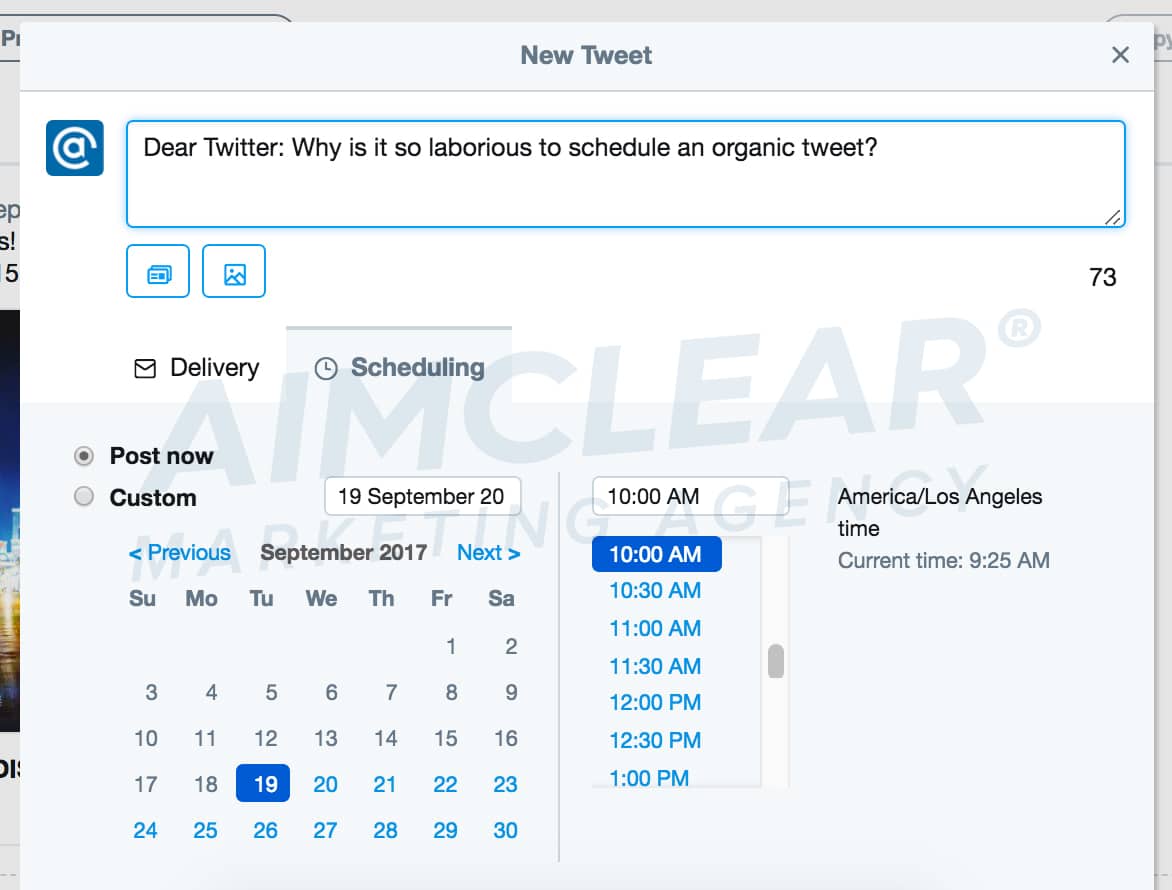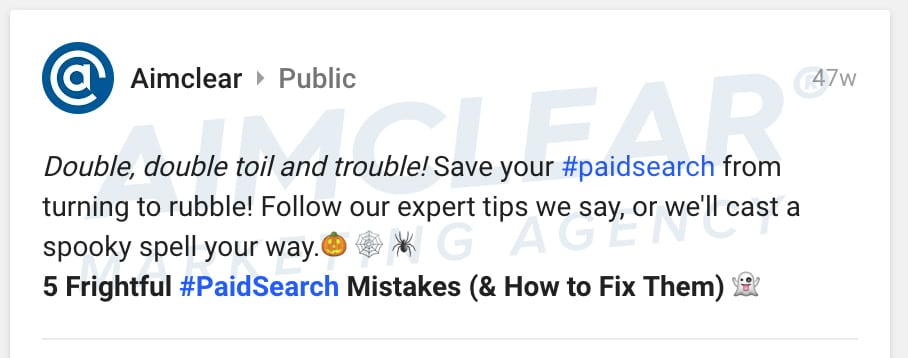Despite its well-documented challenges, Twitter won’t disappear from the digital landscape any time soon. Heavy use from politicians and newsmakers keeps it relevant and maintains its place as the go-to channel for real-time conversation. There’s not a sporting event, television craze or cultural phenomenon that goes by without a Twitter-driven narrative.
All that activity is a marketer’s delight. Or at least it should be. Twitter’s U.S.-based ad revenue is 14 percent lower than a year ago, and worldwide ad spend declined from $256 million at the end of 2016 to $220 million in 2017. Something is keeping them away.
What could be making advertisers think twice about putting their money into Twitter? In our experience, there’s not a sole factor. Several challenges exist that prevent Twitter being all it can be from a marketing perspective.
We gathered our thoughts based on what we encounter trying to squeeze the best results we can from a channel that, at times, feels like it is its own worst enemy. Here are the 10 features we think Twitter needs to implement ASAP to get that ad spend back and become a go-to marketing channel again.
And/Or Targeting
We love when data intersects with marketing, and it will be a common theme among our suggestions. Having a library of data to use for targeting is the core of what makes digital advertising so powerful. But data is useless without the tools to use it. For marketers, this means the lack of robust and/or functions in Twitter’s audience targeting hamstrings its entire ad system.
With “or” targeting – which is what Twitter has now – every new targeting segment expands your audiences. “Or” targeting makes it difficult (if not impossible) to build a true psychographic audience because you can’t combine targeting segments. Implementing “and” targeting would let marketers layer multiple identifiers to filter their audience to the precise group they want to reach.
How does this play out in the real world?
Suppose you have a great how-to on using Apple CarPlay in Chevy trucks. For your paid campaign, you only want to target iPhone users who drive Chevy trucks. So select Behavior: Likely to own an iPhone:
That gives us a potential audience size of 1.7 million users. Now we want to add people who drive Chevy trucks:
Here’s where the problems start. Because Twitter only lets you do “or” targeting, you’re now reaching people who own an iPhone OR drive a Chevy truck. That’s an audience size of 3-5 million people. Adding one targeting segment doubled the people in our audience.
It’s the exact opposite of what a psychographic marketer wants. Instead of refining the audience to only people who own iPhones AND Chevy trucks, Twitter forces marketers to reach people who have one or the other, and maybe both.
There is a workaround here: You can go into Behavior Exclusions to exclude every. single. auto. behavior. except. Chevy. Trucks.
Manually excluding 39 targeting segments barely even qualifies as a workaround, and it’s certainly not a true solution to the and/or dilemma. But speaking of exclusion targeting…
Better Exclusion Targeting
Exclusion targeting lives in the audience section of the Twitter ads campaign builder, down at the way bottom. Unfortunately, you can only exclude behaviors and tailored audiences. You can’t exclude any other targeting options – keywords, interests, followers, etc.
Here’s an example of how this hampers advertisers: If you’re marketing physical therapy rehabilitation, you probably don’t want your ads to show to people interested in addiction rehab. Those are two totally different things — and if you’re targeting one, you don’t want to target the other.
Adding negative keywords and exclusions for addiction rehab in Facebook or AdWords would be a snap. In Twitter… it’s not really possible. The lack of real exclusion targeting forces marketers to accept an unnecessary level of inefficiency in their advertising. What advertiser is going to be okay with that?
One of digital’s big advantages over other mediums is the ability to control your audience. Twitter forfeits that advantage when it fails to implement the level of control that “and/or” operators and more robust exclusion targeting would provide advertisers.
Influencer Research
Finding the right influencer for your brand can be t-e-d-i-o-u-s. We’ve written how to use a powerful tool like Sysomos MAP to find mid-level influencers in Twitter, but what if you don’t have the budget to pay for MAP? Or the time?
Twitter could use the data at its disposal to make itself a FREE and indispensable tool for influencer marketing. It has first-party data on users who spark the most engagement, link clicks, conversions and every other metric its system monitors.
Why then, when you enter “air jordans” in the keyword targeting field are you met with this:
Who are those users and how will targeting their follower lookalikes make my campaigns succeed???
Instead of giving us an apparently random list of users with a keyword in their username, Twitter could offer a curated list of influencers based on campaign goals. Want traffic? Here are 10 influencers proven to drive traffic. Want engagement? Here are 10 who know how to spark conversations. All stemming from the keywords, interests and behaviors your campaign wants to target.
No channel we work with is really great at surfacing influencers without exhaustive research or third-party tools. If it marshals its user data and puts in even a little effort, Twitter can differentiate itself from other social channels in the growing category of influencer marketing.
A Real Organic Scheduler
Oh sure, you can schedule an organic tweet if you go in through the ads manager, click on Creatives, click Tweets, click New Tweet, take the oath of the Night’s Watch and name your firstborn son after Jack Dorsey. But it shouldn’t be that difficult. Just put it right in the organic tweet composer.
Making organic scheduling easier probably wouldn’t bring back the marketers who fled to third-party tools for functionality Twitter can’t provide, but it would at least show Twitter is capable of providing the most common of functions.
Release the Tweetstorm!
We’ve all seen the tweetstorms that #thread multiple tweets together into a single narrative. Users are doing it every day, and it’s a little perplexing why Twitter hasn’t caught on and made it a native feature.
Apparently it may be close. TechCrunch is reporting on an unreleased feature that automatically segments longer posts into individual tweets. Dear Twitter: Release this now. If you want to remain relevant to users you have to be responsive to users. The number of people hacking their way through this by hand shows it’s a feature they clearly want. Give it to them.
It could open up a whole new way for marketers to use Twitter by tying text and visuals together for storytelling in ways the channel has never been able to support. It could even be their answer to Stories features from Instagram and Snapchat. Imagine if Facebook never introduced carousels or canvases and allowed only text, image and link posts. That’s Twitter! There has to be evolution, and maybe even revolution, in the core product to keep marketers from taking their creativity and their dollars elsewhere.
A Photo Editor
While a lot of marketing on Twitter is planned (hence the need for an easy scheduler), the channel still makes its hay with spur-of-the-moment activity. A simple image editor that gives marketers the ability to apply text, filters, emojis and graphics to images would encourage more engaging content that keeps users actively in the channel. That’s what Twitter wants, right?!?
Related: Give us a damn GIF maker.
Enhanced Keyword Targeting
Twitter lets you target keywords people search for and tweet about, but we’d like to see them mine their data to offer even more refined and powerful targeting options. Such as…
Keyword frequency – Have they tweeted about this keyword once, five times or literally it’s all they ever tweet about? Give marketers the ability to include people who tweet keywords more frequently and exclude people who maybe tweeted it a few times over a few months.
Keyword recency – Dovetailing off the above, let us choose a timeframe for how recently a user used a keyword. That way, if we’re trying to revive cold leads we can limit our audience to people who used a keyword more than 14 days ago. Or whatever timeframe we need.
Keyword strings – Let us get really Boolean with keyword targeting. If we can go into the Twitter search bar and type in
{“hit a pothole” OR Â #pothole OR #potholes OR “pot hole”, AND flat OR “flat tire”, -@waze, -tweeting}
to get a continual stream of people tweeting about busting a tire in a pothole, let us target all of them. If we could use the exact same string to build an audience in Twitter ads we could sell some serious tire repair.
Edit Tweets
This is like the free bingo square of Twitter feature requests. We know: It’s not as simple as it sounds. People could revise nefarious tweets, public officials could try to change the public record (or their nefarious tweets) and spam bots would surely figure out a way to do something that annoys the sh!t out of everybody. But what if tweets were only editable for a short time? A 60-second window would allow marketers to fix a typo but prevent them from re-writing history after a bad tweet goes viral.
How about an edit button that works within 1 minute of original tweet?
Please? https://t.co/D6YkNshOHv— Akvile DeFazio (@AkvileDeFazio) September 26, 2017
These issues are solvable, which we know because Facebook implemented post editing a thousand years ago. Let’s go, Twitter.
Stylized Text
Google+ figured this out, and it’s a mystery why no other channel followed suit. (We’ll pause for everyone’s jokes about Google+… okay.) Stylizing text was so simple: Put an *asterisk* around words to make them bold and _underscores_ to make them italics. It lets marketers add emphasis and gives us a teeny tiny way to make something stand out in the frenzied timeline. Without it we’re left with ALL CAPS for emphasis, and NO ONE LIKES THAT.
Make it happen already. No one wants to be the social network that gets beat to a feature by Google+.
In-Stream Targeting Selections
This is a dream feature, for sure. Imagine: You’re scrolling through your timeline and find a user who would be a perfect addition to your campaign targeting. What if you could just click on their name and select “Add to campaign…” to automatically add them to an existing campaign. So slick, so simple. No jotting down their @username and going through the ads manager. Just bam.
Will these 10 features “save” Twitter? Not in isolation. But neither will moving to a 280-character limit. Great marketing features mean nothing when users quit to avoid harassment, and competitors aren’t going to pause while Twitter figures out how to turn a profit.
But every social channel needs marketers, and not just for their ad spend. Better serving the needs of agencies and brands with these ideas can make the Twitter experience more desireable and win back the users who left for other channels. Â


